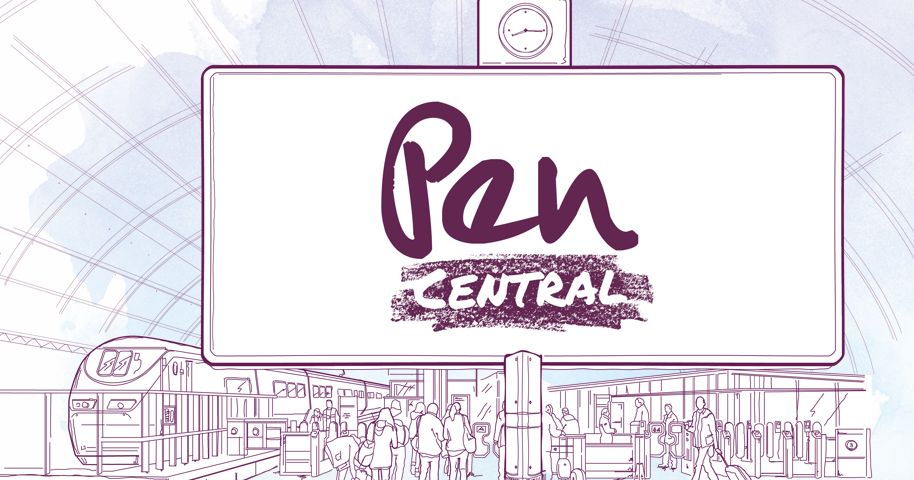Ogden rate change: our analysis
Published On : 23 Jun 2017
Pen Underwriting’s Nick Wright, argues that now is the time to address the root cause of commercial payouts with proper risk management and prevention of workplace accidents.
With the change to compensation settlements from March 20 it's hardly surprising the new Ogden rate* continues as a point of discussion.
The Lord Chancellor's decision to drop the personal injury rate from 2.5% to negative 0.75% shocked the industry, triggered an outcry from the ABI, saw a CEO contingent descend on the Chancellor, and prompted multiple warnings about profit hits and premium increases.
Some view this rate change as a game-changer but I disagree.
The Ogden rate is only a calculation - a symptom of an issue rather than root cause.
Opportunity
Instead, this rate change and inevitable impact on premiums offers our industry a timely opportunity to work with clients to refocus their energies on solving the real issue at hand - which in the commercial arena is the fact that people still suffer serious, life-changing, long-term workplace injuries.
Employers, with our support, should now be proactively reviewing their risk management procedures as well as risk transfer solutions and claims defensibility.
As we all know, the first step to controlling risk in the workplace is hazard identification, then control measure implementation and effective documentation of both.
Businesses have a legal duty to keep their people safe at work and an insurance policy will never be a replacement for providing proper health and safety procedures and training.
Fines
Already, the new sentencing guidelines for health and safety offences which came into force last February are resulting in higher fines for companies, having introduced a nine-step approach linked directly to corporate turnover.
From 1975 to 2016, there were 32 penalties awarded of more than £1m, yet between February and December 2016 there were 16 fines exceeding £1m.
So let's take this opportunity to help clients review internal processes and invest in a formal approach to providing a safe working environment:
Training - are employees competent in the roles they are being asked to do?
Personal Protection Equipment (PPE) - do people have the right equipment, are they properly trained to use it, and is it monitored in terms of where it is and when it needs replacing?
Risk assessments - are these being regularly conducted to identify and address areas of concern?
Inspection - is machinery used fit for purpose in terms of guards, interlocks etc. and does a documented programme of maintenance exist.
It is impossible to eliminate all risks and prevent every accident. But where accidents do occur, it's vital a business has the resources available to minimise the effect, that processes are robust, and that documentation is available to defend the claims. This is where claims defensibility meets risk management.
Advice
As part of the process of risk assessment, businesses should be considering risk transfer and working with advisers on whether their limits of indemnity are still adequate given the rate change. By taking the time to invest in good people, risk management, technical excellence and an effective claims process companies will benefit in the long run by reducing the likelihood of incidents and reducing their severity - thus solving the cause of the issue, rather than reacting to the symptom.





